A location that has neither shape nor size. Always represented with a CAPITAL letter.

Point
A measurable part of a line that consists of two points, called endpoints. AB is a _________.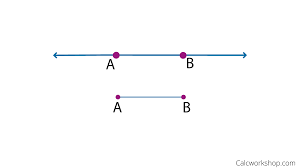
Line Segment
A pair of rays that have a common endpoint.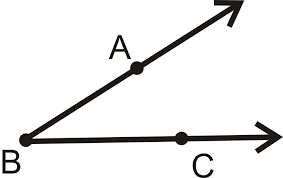
Angle
Angles a and b are these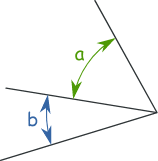
Two angles whose sum is 90o.
Complementary Angles
Through any two points there is exactly ONE of these. Always named using TWO points on it.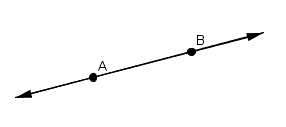
Line
The length of line segment EF.
5.3 in.
Two collinear rays with a common endpoint. They form a straight angle which has a measure of 180o.
Opposite Rays
Opposite rays form this, which has a measure of 180o.
Straight angle
Two angles whose sum is 180o.
Supplementary Angles
A flat surface made up of points that extends infinitely in all directions.
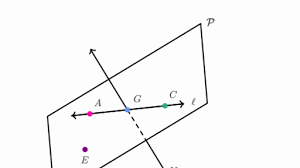
Plane
The measure of line segment AB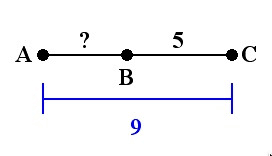
4
The common endpoint where two rays meet to form an angle.
Vertex
A pair of adjacent angles with noncommon sides that are opposite rays.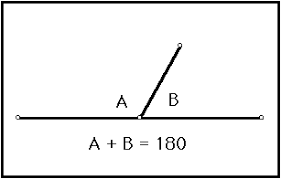
Linear Pair
The measure of angle GEF
69o
A, F, and B. Points that lie on the same line.
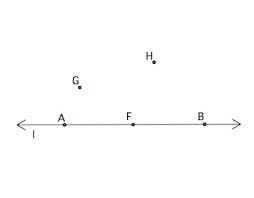
Collinear
The length of line segment AC.
10.1 cm
The blue shaded region.
Interior of an angle
Angles a and b are called _________.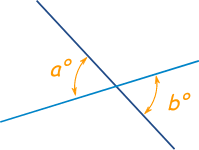
Vertical angles
The measure of angle PNO
60o
A, G, H. Points that do NOT lie on the same line.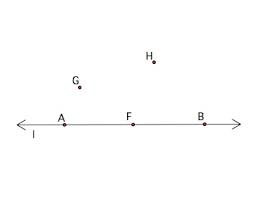
Non-Collinear
If AC = 62, how would you solve this problem?
3x - 4 + 3x - 4 = 62
Solve for x
The blue shaded region.
Exterior of an angle
A ray or segment that divides an angle into two congruent parts.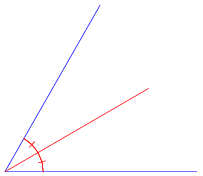
Angle bisector
The measure of angle CDF
37o